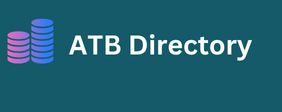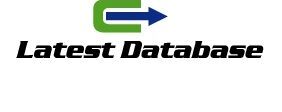Demand forecasting, while crucial for effective inventory management, is not without its challenges. These challenges can arise from various factors, including data quality, external factors, and the inherent uncertainty of predicting future trends.
1. Data Quality
- Accuracy and completeness: Ensuring that historical data is accurate and complete is essential for reliable forecasting. Missing or inaccurate data can lead to biased or inaccurate predictions.
- Noise and outliers: Identifying and Korea WhatsApp Number Data handling noise and outliers in the data can be challenging. Outliers can significantly impact forecasting models.
2. Uncertainty
- Randomness: Demand is often influenced by random factors that are difficult to predict.
- Unforeseen events: Unexpected events, such as natural disasters, economic crises, or technological advancements, can significantly impact demand.
3. Seasonality and Cyclical Patterns
- Identifying patterns: Identifying seasonal and cyclical patterns in demand data can be challenging, especially when multiple patterns are present.
- Modeling patterns: Accurately modeling these patterns requires sophisticated forecasting techniques.
4. External Factors
- Economic conditions: Economic factors such as inflation, interest rates, and consumer confidence can influence demand.
- Competitive landscape: Changes in the competitive landscape, such as the introduction of new products or competitors, can impact demand.
- Technological advancements: Technological advancements can disrupt markets and create new demand patterns.
5. Forecasting Techniques
- Choosing the right technique: Selecting the appropriate forecasting technique depends on the nature of the data and the Automation Trends Shaping the Industry desired level of accuracy.
- Model complexity: More complex models may improve accuracy but can also be more difficult to implement and maintain.
6. Bias
- Forecaster bias: Forecasters may introduce bias into their predictions based on their own beliefs or assumptions.
- Data bias: Historical data may be biased due to factors such as sampling errors or changes in data collection methods.
To address these challenges, it is important to use a combination of forecasting techniques, regularly evaluate and refine models, and incorporate expert judgment. Additionally, considering the specific context of the business and the factors that influence demand can help improve the accuracy of forecasts.


